Overview
Map
Other Details
كنيسة مار يوحنّا المعمدان
Beit Chabab
Metn
Mount Lebanon
كنيسة مار يوحنّا المعمدان - بيت شبابهي وقف خاص لعائلة يمّين. بُنيت في مطلع القرن التاسع عشر، إذ يذكر المطران عبدالله بليبل أنّه رسم يوسف يمّين كاهنًا عليها سنة ١٨١١، الكنيسة عبارة عن عقد واحد ينتهي بحنية. جُدّدت حوالي سنة ١٨٦٣. سنة ١٩٤٢ بني الباب. رمّمت أخيرًا في مطلع الثمانينات.The church of St John the Baptist - Beit ShababThe church is a private chapel to the Yammine family. The church was built in the early XIXth century, the oldest trace of it dates to1811 when Bishop Abdallah Bleibel ordained Youssef Yammine as a pastor for the church. The church is a single crossed vault ending with a semi circular apse. The church was restored in 1863, the door was built in 1942. The church was completely restored in the eighties of the XXth century.
Visited 3184 times, 1 Visit today



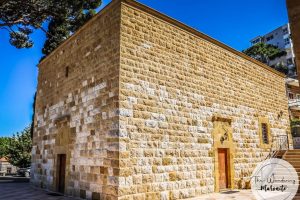

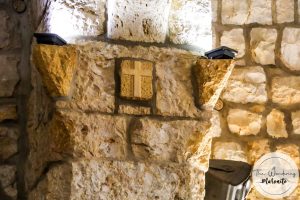
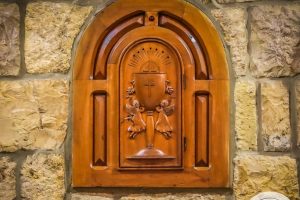
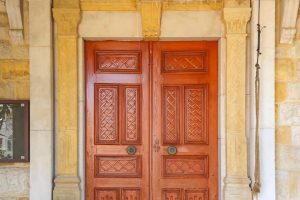
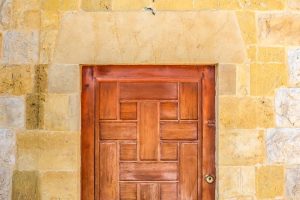
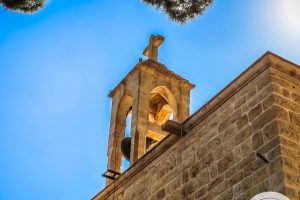








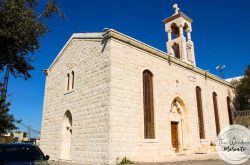
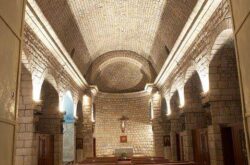
Reviews are disabled, but trackbacks and pingbacks are open.